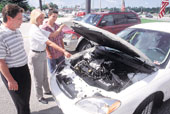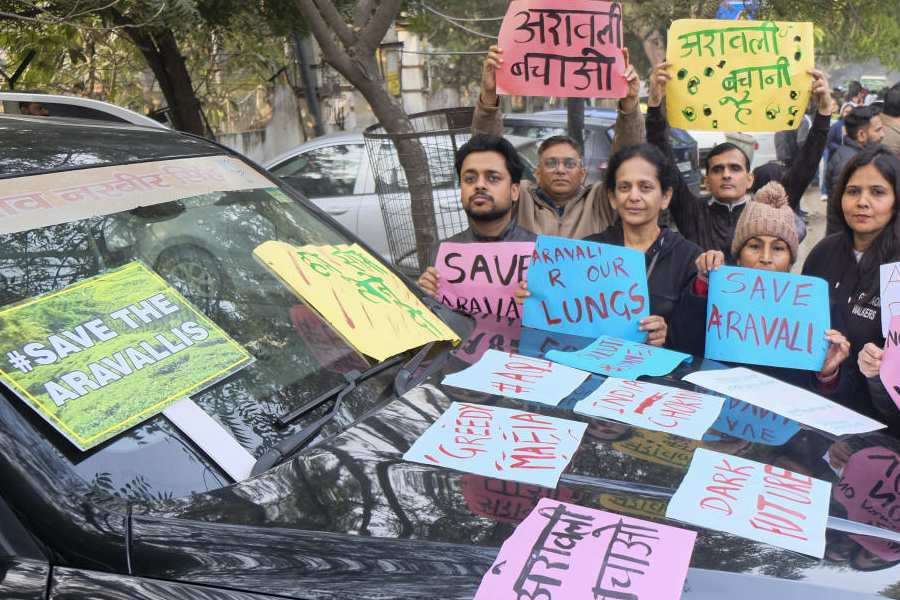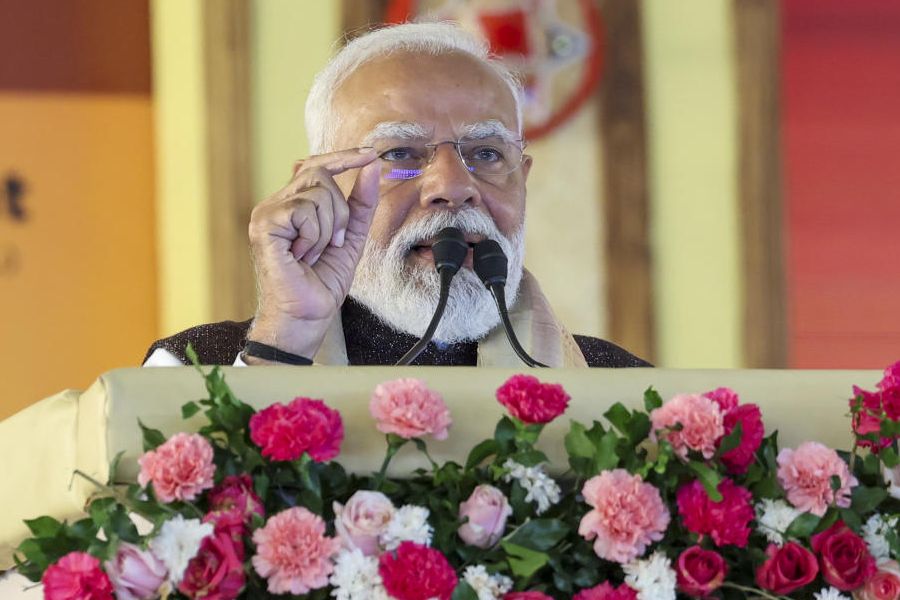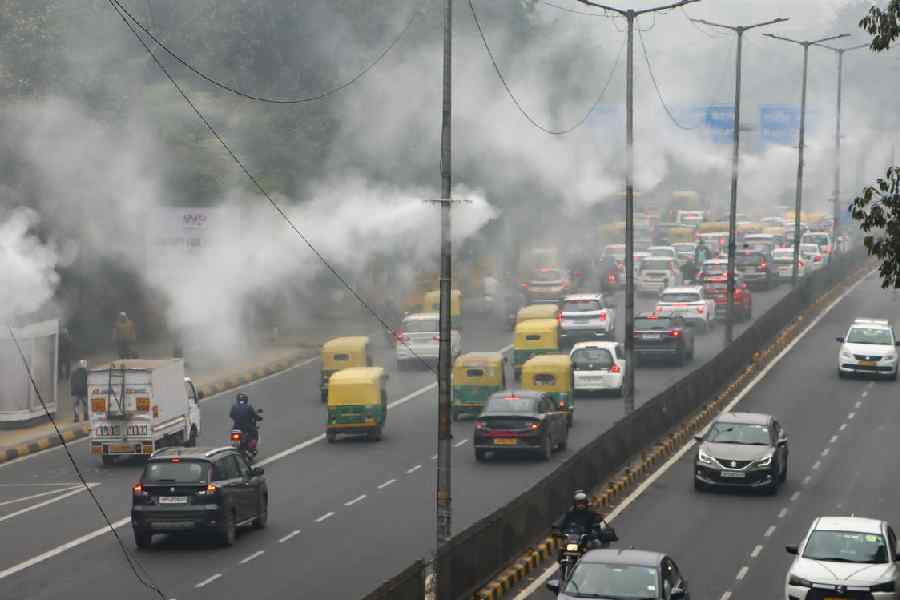 |
 |
 |
So...you want to buy a car. Yes, it’s very easy to go out and check out the showrooms of the many dealers in the city, but do you really know what sort of car you should buy? Inevitably, the car that one wants is not what one needs or can afford. Sure, I’d love to have a Porsche 911 ? it’s available in India now. But it’s not practical as an everyday car and I would be hurting inside if I had to force her to trundle through Lindsay Street or Free School Street during peak traffic hours, when it should be zipping down the Delhi-Jaipur highway.
Nor would something like an Audi A6 be handy when one is looking for parking. What I’m getting at is that while buying a car, especially if it’s one’s first car, one should take in to account what use the car will mostly be put to. For example, I know somebody who runs a kid’s football league and when he went out to buy a new car, he opted for a Tata Indigo Marina estate in which he bungs all his footballs, players’ kits etc. I’ve seen strange things too, like the ex-rallyist, Jiju Elias of Team Parel cramming all six feet, four inches of himself into the driver’s seat of a tiny Maruti 800.
How does one start off when looking for a new car to buy? Basically a good place to start out is the new car listings section of any reputable current issue car magazine like Autocar India, Car India and Top Gear India. The prices will most probably be out of date, but that’s not what you are checking the listings for.
The idea is to save time spent trotting from one dealer’s door to another and listening to a salesperson’s exciting but inane pitch. What you will get in a magazine is a listing of the technical specifications of the various cars as well as the various model options that are available. With all the data at hand, you can then form an action plan.
There are different ways of approaching the purchase of a car. It could be budget-led or it could be need or function-based. It could also be a combination of both.
Is it a hatchback that you need? A saloon? An estate or an SUV? Which size is practical for you? Diesel or petrol? What do you do more, in-town driving or highway driving? Do you have any brand preference? Perhaps a good strong AC is important to you.
Remember that nobody makes really, really bad cars any more. Yes, some cars are deficient in certain areas but make up for it in others. For example, one buys an Ambassador not for its handling and acceleration but for the space at the rear and nobody buys a Maruti 800 for its legroom.
With pen and paper at hand, start jotting down what looks to be compatible with your requirements. A manufacturer’s reputation is important, as is service back-up. So is the resale value. Sipani Automobiles of Bangalore tried three times to make and sell cars ? the Dolphin, the D-1 and then the Rover Montego ? and failed miserably each time on both counts. Fiat India failed miserably regarding service and spare parts availability, but the ignominy of having to tie up with Tata Motors may have done the company some good, as a Fiat buyer now knows he or she can get his car serviced more easily. That could help resale prices for Palios move up a bit.
Once you have made a shortlist of cars, it’s time to start visiting the dealers. It goes without saying of course that you must always do a test drive before deciding. That means a real test drive and not a test ride, where the salesman does the driving. Other than that, keep your cards close to your chest.
If the decision is budget- led, then make a firm note of it mentally. Dealers have margins to play with, so bargain hard for both discounts as well as extras. The sticker price is only indicative. In fact, for companies with more than one dealer, it’s a good idea to get as good a discount you can from one dealer and then go to the other dealer saying, “X is giving me so much of discount plus this and that extra, what deal can you offer me?” But before doing that, make sure X knows that you are looking elsewhere too. One ploy to attempt is that if you are planning to do a trade-in, finish the haggling and then mention you have a car to trade in.
Sometimes salespeople can be patronising. One friend walked into a dealership to ask the price of a car. The salesperson said something to the effect of “these are very expensive cars, sir”. It was a Mercedes dealership and this friend had stepped in to check out a C Class Merc. Affronted, he left having paid for an S320! Not everybody can do that in the real world, so if a salesperson is condescending or unhelpful, carry on to another dealer ? you have the right to do so, it’s your money and esteem after all.
Control is everything, as they say. Don’t let a dealer decide what car you should buy. Be informed, and take your own decision. That way, you will be secure in the knowledge that you and you alone have bought the car, for that’s what you wanted and needed.
My first car
 |
Debajyoti Mishra
music composer
I own two cars at present and am planning to buy another. But there is only one numberplate that I remember ? WBO2E 3380 ? that of my very first car, a steel-grey Maruti 800. Eight years ago, I’d composed five ad jingles for Jenson & Nicholson, and with that paycheque, I bought a third-hand car.
I was forced to sell it after six years ? even though it never gave me a day’s trouble ? due to garage problems. Since then it has been sold twice over again. But now I’m trying to buy back that very car. My driver, Lalu Das and I have recently found out where it is, and I now plan to make the owner an offer.
The reason I want the car back is that I have such precious memories associated with it. You could describe it as an emotional attachment of sorts. Even Lalu proudly declares that he’s never driven another car like it. In fact, Ritwik Ghatak’s film, Ajantrik deals with a man who was passionate about his car. in many ways, that character reminds me of Lalu.











